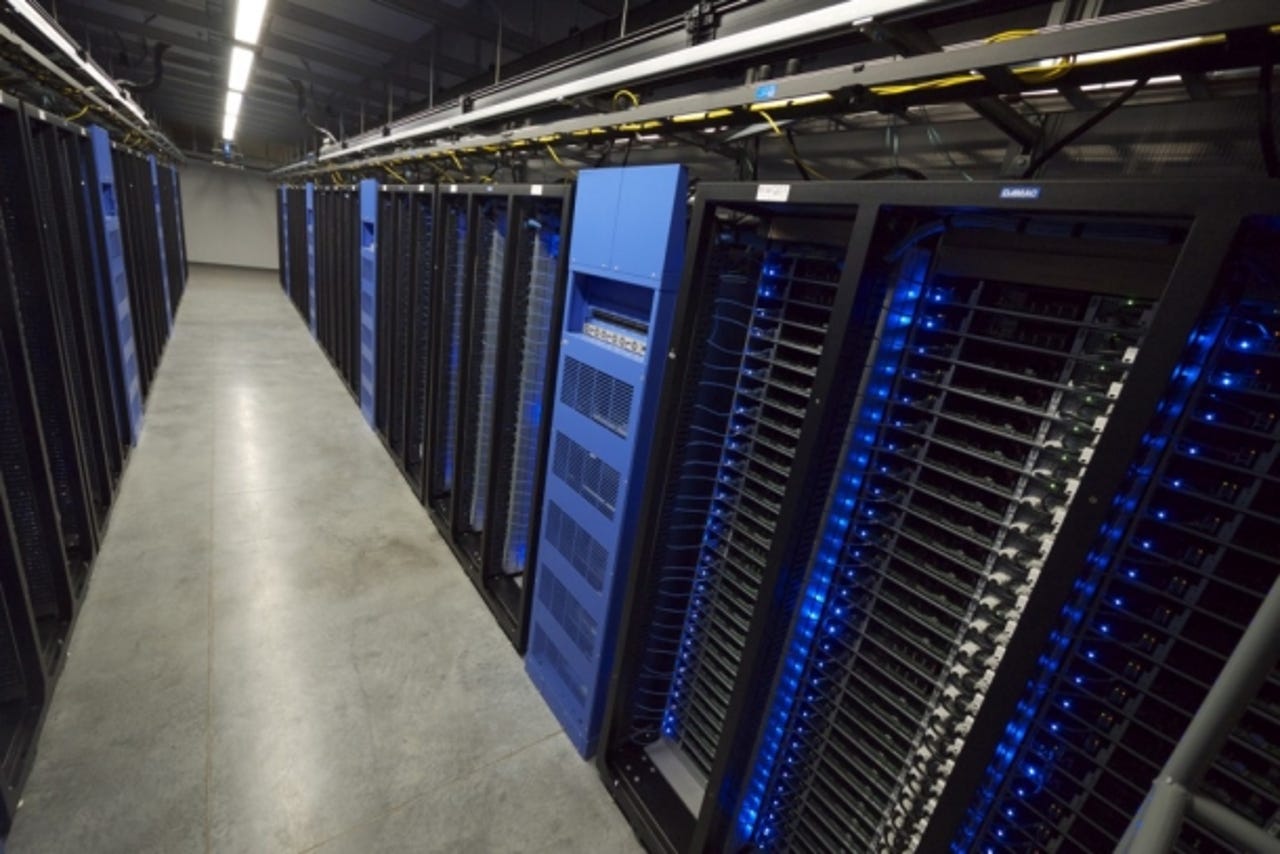Five companies using microservers to improve the data center


As more and more companies migrate to the cloud, the need for a traditional server set-up is not as apparent as it once was. Microservers are smaller in size and computing power, but they offer a smaller footprint, increased efficiency, and a cheaper price to those who use them. While the small servers haven't been ubiquitously well-received, microserver shipments are projected to explode through 2016.
Microservers do not pack much computing power but they do scale out really well, making them perfect for a task such as serving static elements on a high-traffic website. Here we look at how five companies are using microservers to give you an idea of what microservers can do.
Verizon
Verizon recently unveiled their Verizon Cloud service, an enterprise cloud service that is built on the backs of microservers. The company spent two years developing this service, and the servers are housed in the Terremark data center, which Verizon bought for $1.4 billion back in 2011.
The service is aimed at large corporations, medium-sized businesses, and government agencies; and it will connect to Amazon Web Services, OpenStack and Rackspace's CloudStack. Verizon's value proposition for their cloud service is increased security, efficiency, and enticing service level agreements.
RedHat
North Carolina software company Red Hat has built their OpenShift cloud computing Platform-as-a-Service (PaaS) using microservers. The service allows users to develop, host, and scale apps in the cloud. App hosting works well with microservers because of its low computing power requirement and the fact that a hosting situation typically involves high volumes of the same task.
Because of their small size, data centers can fit significantly more microservers in place of traditional systems. Microservers are often used to handle scaling lightweight tasks, freeing up high-power servers to handle the heavy-lifting.
Mozilla
You probably know Mozilla as the maker of the Firefox web browser. Mozilla has an infrastructure that supports more than 400 million users. Understandably, they place a lot of emphasis on maintaining that infrastructure to support their users.
Like many other companies that provide a service over the internet, Mozilla sees a workload that consists of many small, repetitive tasks. This made them a perfect candidate for implementing microservers in their data center. But, according to Mozilla, they are now going in a different direction.
"We are switching away from microservers because we find that virtualizing our workloads and standardizing on a platform allows us to do more with less than we can with microservers" a Mozilla spokesperson said.
Rubicon
The Rubicon Project, a technology company that helps to automate the buying and selling of online ads, has also implementing microserver technology. Rubicon uses microservers to power their REVV platform for quick and easy ad sale. Rubicon needed to maintain their speedy transactions and help facilitate faster international deals.
REVV powers billions of transactions per month, and microservers allow them to maintain these repeated transactions, while also giving them the opportunity to quickly scale to handle an increase in transactions, if needed.
Livestream
Livestream, a company that provides live streaming video to events around the world, recently restructured its data center around scalability. Livestream eventually settled on microservers to help improve the potential for scalability in the future and reduce the amount of power they were using in their data center.
Transcoding live video takes a lot of computing power to pull off. By choosing microservers, Livestream consciously chose to provide a lower quality service to their users in favor of lowering cost and power usage. But, to be fair, they were able to reduce their power consumption by half and nearly double their capacity.